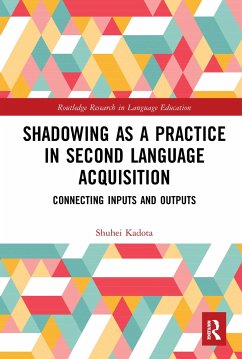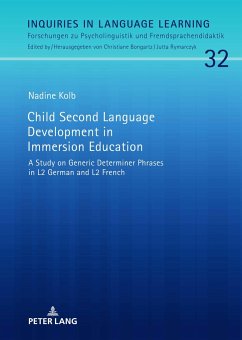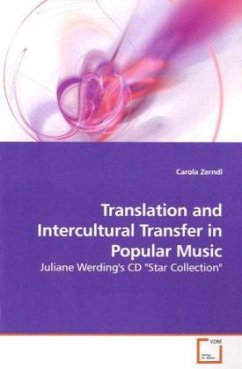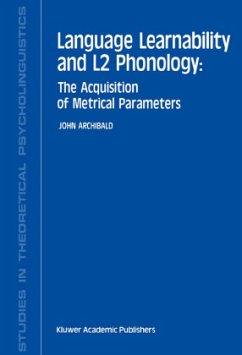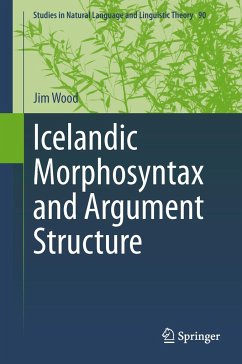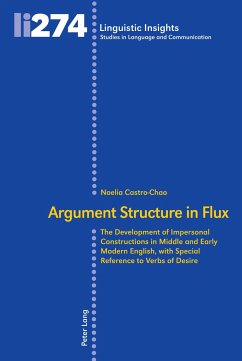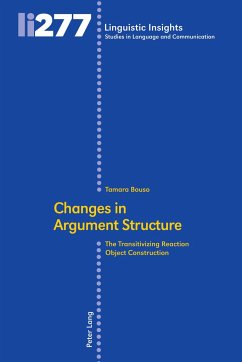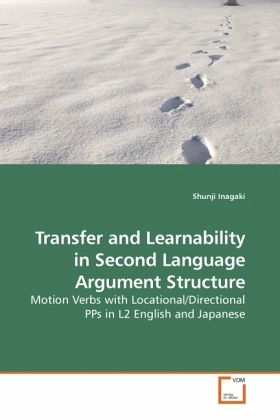
Transfer and Learnability in Second Language Argument Structure
Motion Verbs with Locational/Directional PPs in L2 English and Japanese
Versandkostenfrei!
Versandfertig in 6-10 Tagen
52,99 €
inkl. MwSt.

PAYBACK Punkte
26 °P sammeln!
This book investigates the acquisition of second language (L2) argument structure, particularly motion verbs with prepositional phrases (PPs) that express the location or the direction of the motion. English allows both manner-of-motion verbs (walk) and directed motion verbs (go) to appear with a PP that expresses the goal of the motion (John walked/went to school), whereas Japanese allows only the latter (John-wa gakkoo-ni aruita/itta). Why do these differences exist? Can L2 learners acquire the target patterns that differ from the L1 patterns? The author attributes the contrast to different ...
This book investigates the acquisition of second language (L2) argument structure, particularly motion verbs with prepositional phrases (PPs) that express the location or the direction of the motion. English allows both manner-of-motion verbs (walk) and directed motion verbs (go) to appear with a PP that expresses the goal of the motion (John walked/went to school), whereas Japanese allows only the latter (John-wa gakkoo-ni aruita/itta). Why do these differences exist? Can L2 learners acquire the target patterns that differ from the L1 patterns? The author attributes the contrast to different incorporation patterns in lexical-syntax. This analysis, along with L1 transfer and learnability considerations, leads him to hypothesize that Japanese learners of English will be able to acquire the L2 patterns on the basis of positive evidence, but that English learners of Japanese will fail to acquire the target due to the lack of relevant positive evidence. The results of a series of experiments testing these hypotheses supported the predictions, thereby showing that whether the L1 constitutes a subset of the L2 or vice versa affects the outcomes of L2 argument structure.



